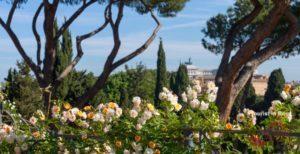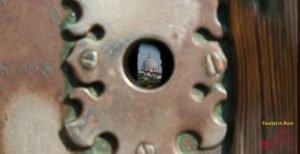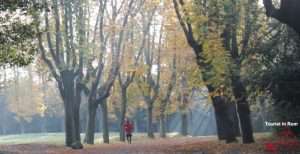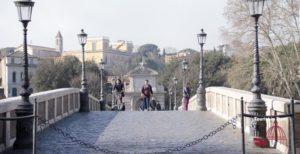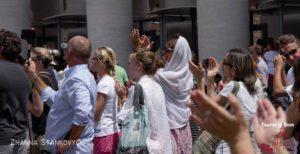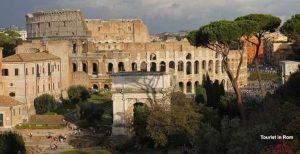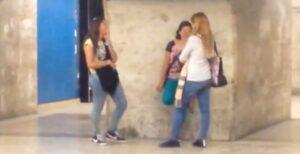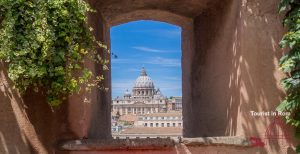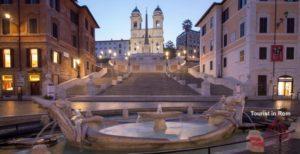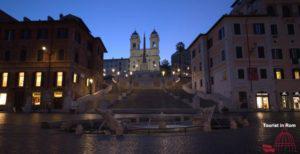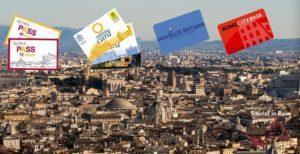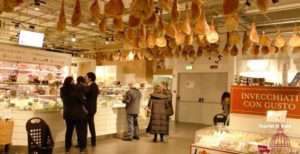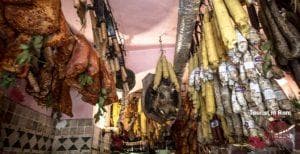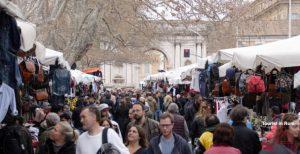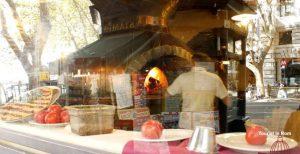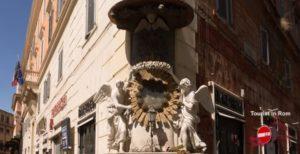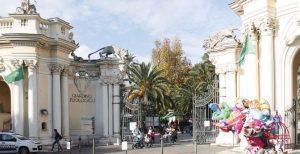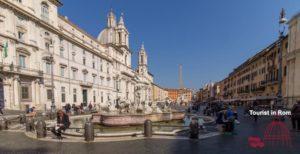The Chinese community celebrates the Chinese New Year in Rome with love and enthusiasm, demonstrating culture and traditions.
Partner-Links helfen uns dabei, unsere Informationen kostenlos bereitzustellen. Für abgeschlossene Buchungen erhalten wir eine Provision – ohne Mehrkosten für Sie! Mehr
Partner links help us to provide our information free of charge. For completed bookings we receive a commission – at no extra cost to you! More
I link dei partner ci aiutano a fornire gratuitamente le nostre informazioni. Riceviamo una commissione per le prenotazioni completate, senza alcun costo aggiuntivo per voi! Di più
Chinese New Year 2024
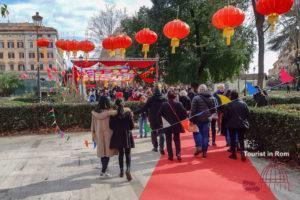
In 2024, the Chinese New Year begins on February 10 under the sign of the Dragon, the fifth sign of the Chinese zodiac. It ends the year of the Rabbit, which is considered proud and arrogant. The dragon is full of strength and vitality, but also idealistic, romantic and future-oriented.
The festival is also called the Spring Festival and it lasts 15 days until the Lantern Festival. The Chinese New Year is a family festival in which families come together from far away and it is the reason for the largest travel movement in the world.
Chinese New Year in Rome

Beijing and Rome have been twin cities since 1998. There is a large Chinese community in Rome celebrating the Chinese New Year.
Even the Romans are happy about every festival, and so the Chinese New Year is celebrated in Rome since some time extensively.
The festival at Piazza Vittorio Emanuele II
In 2024, the Chinese New Year events will take place in the park of Piazza Vittorio Emanuele II on February 17 and 18, from 12 noon to 6 pm. Information stands will present Chinese customs and culture. A large stage will host an extensive program of singing, dancing and martial arts.
On Sunday, February 18, the traditional parade under the sign of the dragon will start at 11 am. It will start from Piazza Vittorio and go through the surrounding streets.
Piazza Vittorio Emanuele II was inaugurated in 1882, 11 years after Rome became Italy’s capital. The square is framed by imposing palaces with arcades in the style of the Piedmontese.
It is located south of Termini Central Station in the Esquilino district and many Chinese have settled here and there are many Chinese shops and stores selling goods from all over the world. Here is the Mercato Esquilino, the largest food market in Rome with the largest selection of exotic vegetables, fruits and spices.

There is also a door to visit in Piazza Vittorio. It is the last remnant of a 17th century mansion and is called the magic door or door of alchemy. The owner of the villa, Count Palombara, dealt with alchemy and moved in esoteric circles. The door bears signs of alchemy. Statues of the Egyptian god Bes are on the right and left.



